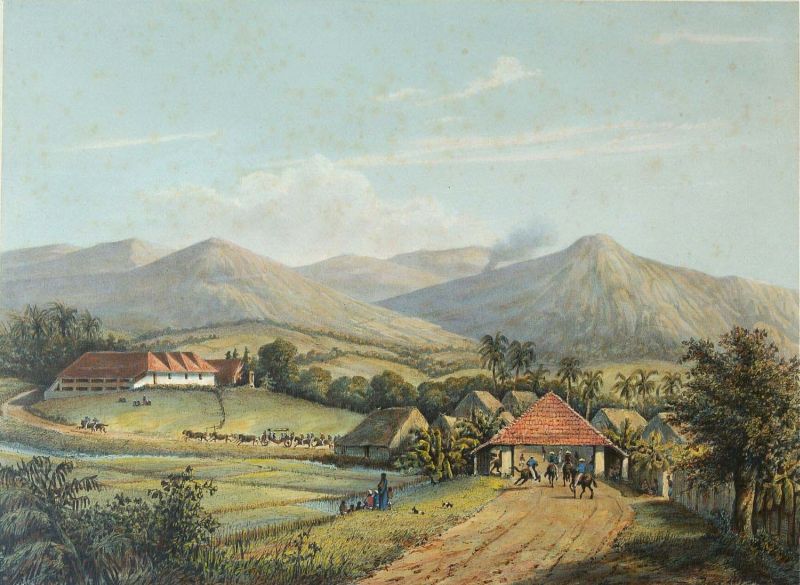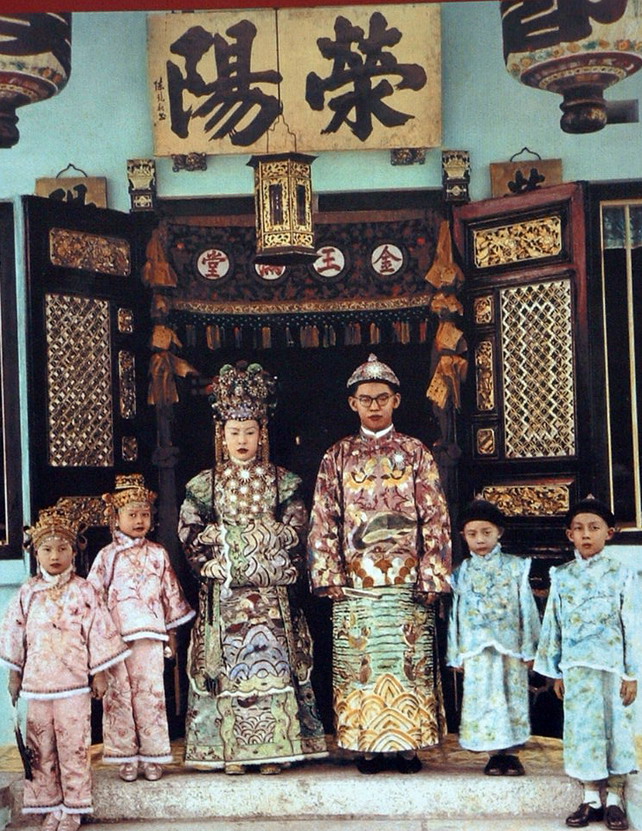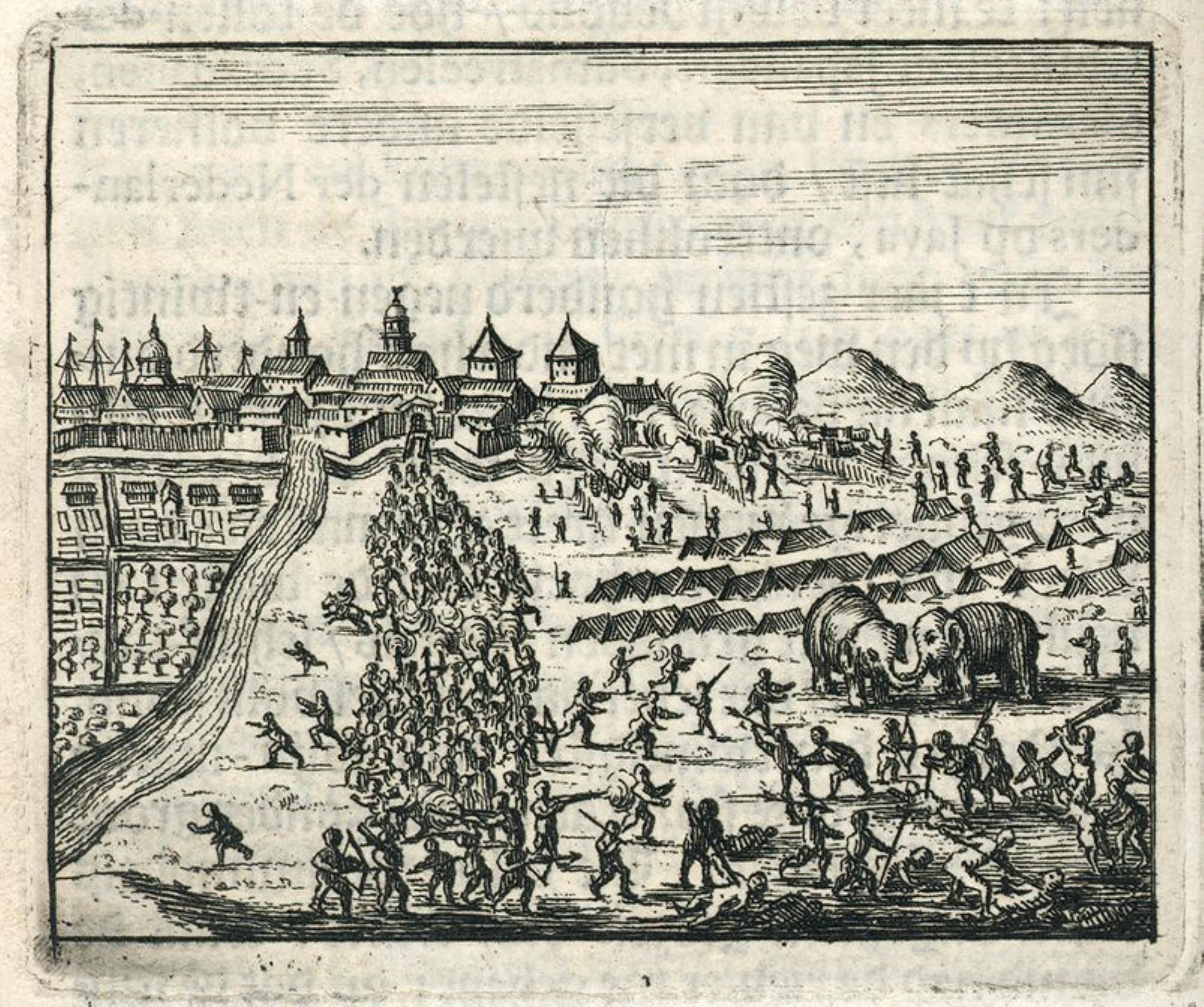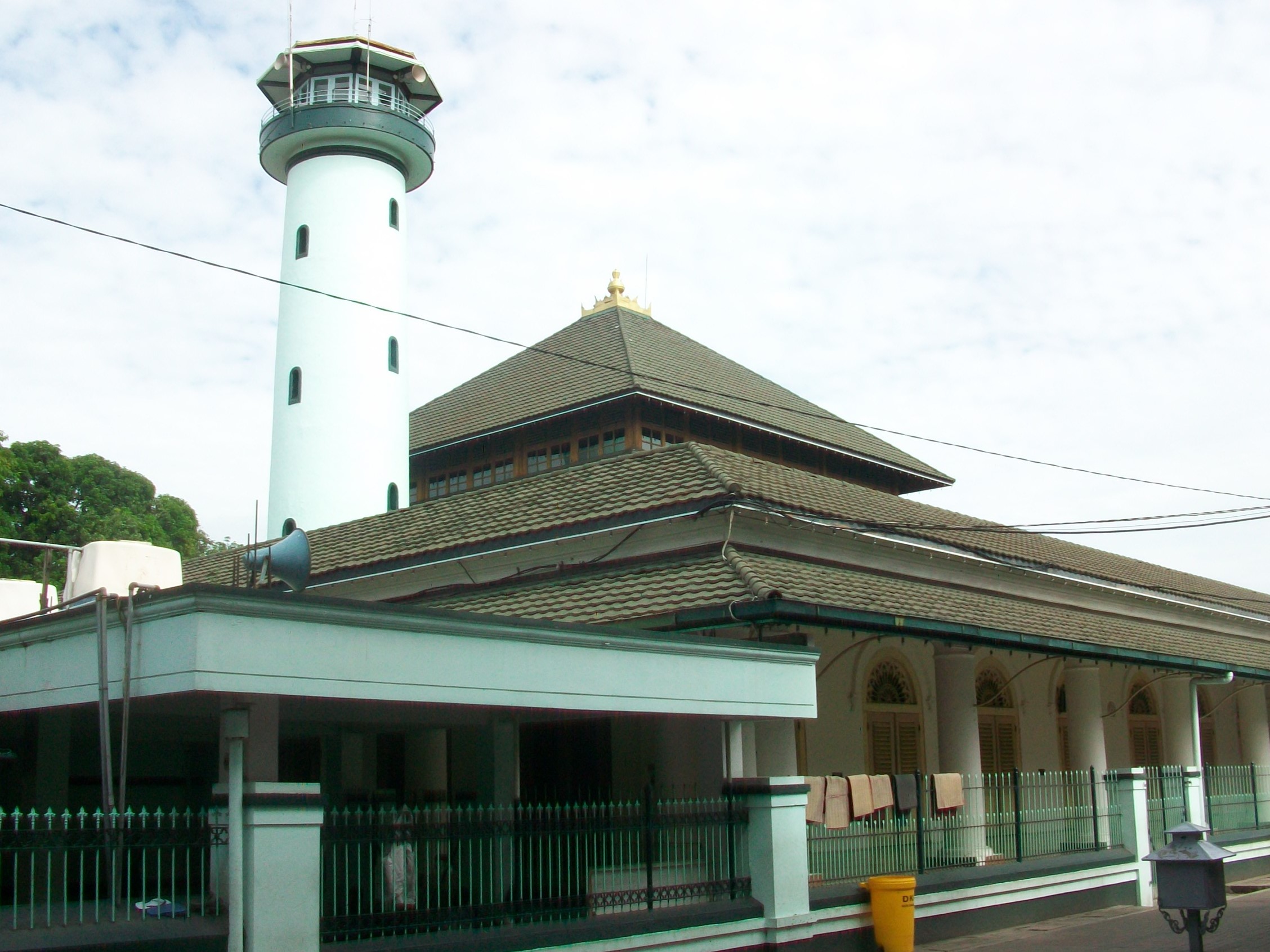|
Pasisir
''Pasisir'' is the name given to the northern coastal region of Java. Unlike the agricultural kingdoms of the hinterland, the ''pasisiran'' economy has been based on trade via the Java Sea and its cultural identity has been shaped by foreign contacts and the presence of Arab Indonesians and Chinese Indonesians. Islam was established by the time of Zheng He's explorations between 1405 and 1433 and the region was briefly united under the Demak Sultanate, Java's first Muslim kingdom. It was here that the legendary ''Wali Sanga'' lived and proselytized. Following the First Javanese War of Succession the coast East of Cirebon was ceded to the Dutch East Indies Company and briefly administered as the North-East Coastal District. The present political division of the island into the provinces of West Java, Central Java and East Java corresponds to the interior kingdoms of Sunda Kingdom, Sunda, Mataram Sultanate, Mataram and Kediri (historical kingdom), Kediri. See also *Great Post ... [...More Info...] [...Related Items...] OR: [Wikipedia] [Google] [Baidu] |
Java
Java is one of the Greater Sunda Islands in Indonesia. It is bordered by the Indian Ocean to the south and the Java Sea (a part of Pacific Ocean) to the north. With a population of 156.9 million people (including Madura) in mid 2024, projected to rise to 158 million at mid 2025, Java is the world's List of islands by population, most populous island, home to approximately 55.7% of the Demographics of Indonesia, Indonesian population (only approximately 44.3% of Indonesian population live outside Java). Indonesia's capital city, Jakarta, is on Java's northwestern coast. Many of the best known events in Indonesian history took place on Java. It was the centre of powerful Hindu-Buddhist empires, the Islamic sultanates, and the core of the colonial Dutch East Indies. Java was also the center of the History of Indonesia, Indonesian struggle for independence during the 1930s and 1940s. Java dominates Indonesia politically, economically and culturally. Four of Indonesia's eig ... [...More Info...] [...Related Items...] OR: [Wikipedia] [Google] [Baidu] |
Central Java
Central Java (, ) is a Provinces of Indonesia, province of Indonesia, located in the middle of the island of Java. Its administrative capital is Semarang. It is bordered by West Java in the west, the Indian Ocean and the Special Region of Yogyakarta in the south, East Java in the east, and the Java Sea in the north. It has a total area of 33,750.37 km2, with a population of 36,516,035 at the 2020 CensusBadan Pusat Statistik, Jakarta, 2021. making it the third-most populous province in both Java and Indonesia after West Java and East Java. The official population estimate in mid-2024 was 37,892,280 (comprising 19,037,740 males and 18,854,540 females).Badan Pusat Statistik, Jakarta, 28 February 2024, ''Provinsi Jawa Tengah Dalam Angka 2024'' (Katalog-BPS 1102001.33) The province also includes a number of offshore islands, including the island of Nusa Kambangan, Nusakambangan in the south (close to the border of West Java), and the Karimunjawa, Karimun Jawa Islands in the Java ... [...More Info...] [...Related Items...] OR: [Wikipedia] [Google] [Baidu] |
Keat Gin Ooi
Keat Gin Ooi (; born 10 October 1959) is a Malaysian academician, historian and educator of Chinese descent who is a professor at the Modern History of Brunei/Borneo in Universiti Brunei Darussalam's Academy of Brunei Studies. He is specialises in the following fields: women in history, Southeast Asian history, war and conflict, indigenous historical sources, underwater archaeology, underwater cultural heritage, modern history and historiography of Borneo, Brunei history, colonial urban history, Borneo in international history. Ooi has been a visiting lecturer and recipient of fellowships from institutions in the United States, Australia, the United Kingdom, Europe, and Japan. He has worked as a professional reviewer for several journals in addition to publishing with publishers such as Universiti Sains Malaysia (USM), Oxford, Palgrave Macmillan, and Routledge. Early life and education Ooi Keat Gin was born on 10 October 1959, in George Town, Penang, Malaya. Ethnic Chines ... [...More Info...] [...Related Items...] OR: [Wikipedia] [Google] [Baidu] |
Peranakan
The Peranakan Chinese () are an ethnic group defined by their genealogical descent from the first waves of Southern Chinese settlers to maritime Southeast Asia, known as Nanyang (region), Nanyang (), namely the British Empire, British, Portuguese Empire, Portuguese, and Dutch Empire, Dutch colonial ports in the Malay Peninsula and the List of islands of Indonesia, Indonesian Archipelago, as well as Singapore Island, Singapore. The Peranakan Chinese are often simply referred to as the Peranakans. Peranakan culture, especially in the dominant Peranakan centres of Malacca, Singapore, Penang, Phuket, and Tangerang, is characterized by its unique hybridization of ancient Chinese culture with the local cultures of the Nusantara (archipelago), Nusantara region, the result of a centuries-long history of transculturation and interracial marriage. Immigrants from the southern provinces of China arrived in significant numbers in the region between the 14th and 17th centuries, taking abode ... [...More Info...] [...Related Items...] OR: [Wikipedia] [Google] [Baidu] |
North Coast Road (Java)
The North Coast Road () is a road, that connects Cilegon and Banyuwangi along the northern coast of Java, particularly between Jakarta and Surabaya. Most of Java's north coast road was built during the reign of governor-general Herman Willem Daendels (1808–1811) and was originally known as the Great Post Road ( ). History of construction The Great Post Road was a military road which was built under the order of King Lodewijk Napoleon who ruled the Kingdom of Holland at that time. The road was intended to ease military support, e.g. transfer of soldiers, in order to defend Java from a possible British invasion. It connects Anyer in its western end and Panarukan in the eastern end of Java. After the reign of Daendels, the eastern road was later extended to Banyuwangi. The Java Great Post Road consists of most of the present Java North Coast Road. However, the original post road runs through the Preanger (Priangan, West Java) highlands, from Meester Cornelis (Jatineg ... [...More Info...] [...Related Items...] OR: [Wikipedia] [Google] [Baidu] |
Great Post Road
The Great Post Road (, ) is the name for the historical road that runs across Java and connects Anyer with Panarukan. It was built during the administration of Herman Willem Daendels (1808–1811), Governor-General of the Dutch East Indies, governor-general of the Dutch East Indies, using unpaid forced labour that cost thousands of lives. Construction ''La Grande Route'', as Daendels called it, was a military road built by the order of King Louis Bonaparte, who ruled the Kingdom of Holland during the Napoleonic Wars. France was at war with the United Kingdom of Great Britain and Ireland, and the road was intended to support the defence of Java by, e.g. making it easier to transfer soldiers and supplies. In 1750, before the road was constructed, connections existed between Batavia, Dutch East Indies, Batavia (present-day Jakarta) and Semarang and onwards to Surabaya. A north-south connection between Semarang, Surakarta and onwards to Yogyakarta was also available then. Howev ... [...More Info...] [...Related Items...] OR: [Wikipedia] [Google] [Baidu] |
Kediri (historical Kingdom)
Kediri Kingdom or Kadiri, also known as Panjalu, was a Hindu-Buddhist Javanese kingdom based in East Java from 1042 until 1222 (1292–1293 under Jayakatwang). This kingdom is centered in the ancient city ''Dahanapura'', despite the lack of archaeological remains, the age of Kediri saw much development in classical literature. Mpu Sedah's '' Kakawin Bharatayuddha'', Mpu Panuluh's ''Gatotkacasraya'', and Mpu Dharmaja's '' Smaradhana'' blossomed in this era. The kingdom's capital is believed to have been established in the western part of the Brantas River valley, somewhere near modern Kediri city and surrounding Kediri Regency. Etymology and names The city of Daha existed before the founding of the kingdom. Daha is an abbreviation of ''Dahanapura'', which means ''city of fire''. This name is listed in the Pamwatan inscription issued by Airlangga in 1042. This is following the news in '' Serat Calon Arang'', that at the end of Airlangga's reign, the center of the kingdom ... [...More Info...] [...Related Items...] OR: [Wikipedia] [Google] [Baidu] |
Mataram Sultanate
The Sultanate of Mataram () was the last major independent Javanese people, Javanese kingdom on the island of Java (island), Java before it was Dutch Empire, colonised by the Dutch. It was the dominant political force radiating from the interior of Central Java from the late 16th century until the beginning of the 18th century. Mataram reached its peak of power during the reign of Sultan Agung of Mataram, Sultan Agung Anyokrokusumo (), and began to decline after his death in 1645. By the mid-18th century, Mataram lost both power and territory to the Dutch East India Company (Dutch: ''Vereenigde Oost-Indische Compagnie''; ''VOC''). It had become a vassal state of the company by 1749. Etymology The name ''Mataram'' itself was never the official name of any polity, as the Javanese often refer to their realm simply as ''Bhumi Jawa'' or ''Tanah Jawi'' (). ''Mataram'' refers to the historical areas of plains south of Mount Merapi around present-day Muntilan, Sleman Regency, Sleman ... [...More Info...] [...Related Items...] OR: [Wikipedia] [Google] [Baidu] |
Sunda Kingdom
The Sunda Kingdom ( , ) was a Sundanese people, Sundanese Hindu kingdom located in the western portion of the island of Java from 669 to around 1579, covering the area of present-day Banten, Jakarta, West Java, Lampung, and the western part of Central Java. The capital of the Sunda Kingdom moved several times during its history, shifting between the Galuh (Kawali) area in the east and Pakuan Pajajaran in the west. The Sunda Kingdom reached its peak during the reign of King Sri Baduga Maharaja, whose reign from 1482 to 1521 is traditionally remembered as an age of peace and prosperity among Sundanese people. According to primary historical records such as the ''Bujangga Manik'' manuscript, the eastern border of the kingdom was the Pemali River (Ci Pamali; the present-day Brebes River) and the Serayu River (Ci Sarayu) in Central Java. Most accounts of the Sunda Kingdom come from primary historical records from the 16th century. The kingdom's inhabitants were primarily the eponymo ... [...More Info...] [...Related Items...] OR: [Wikipedia] [Google] [Baidu] |
East Java
East Java (, , ) is a Provinces of Indonesia, province of Indonesia located in the easternmost third of Java island. It has a land border only with the province of Central Java to the west; the Java Sea and the Indian Ocean border its northern and southern coasts, respectively, while the narrow Bali Strait to the east separates Java from Bali by around . Located in eastern Java (island), Java, the province also includes the island of Madura Island, Madura (which is connected to Java by the longest bridge in Indonesia, the Suramadu Bridge), as well as the Kangean Islands, Kangean islands and other smaller island groups located further east (in the northern Bali Sea) and the Masalembu Islands, Masalembu archipelago to the north. Its capital is Surabaya, the Largest cities in Indonesia, second largest city in Indonesia, a major industrial center and also a major business center. Banyuwangi is the largest regency in East Java and the largest on the island of Java. The province cover ... [...More Info...] [...Related Items...] OR: [Wikipedia] [Google] [Baidu] |
West Java
West Java (, ) is an Indonesian Provinces of Indonesia, province on the western part of the island of Java, with its provincial capital in Bandung. West Java is bordered by the province of Banten and the country's capital region of Jakarta to the west, the Java Sea to the north, the province of Central Java to the east and the Indian Ocean to the south. With Banten, this province is the native homeland of the Sundanese people, the Ethnic groups in Indonesia, second-largest ethnic group in Indonesia. West Java was one of the first eight provinces of Indonesia formed following the Proclamation of Indonesian Independence, country's independence proclamation and was later legally re-established on 14 July 1950. In 1966, the city of Jakarta was split off from West Java as a 'special capital region' (), with a status equivalent to that of a province, while in 2000 the western parts of the province were in turn split away to form a separate Banten province. Even following these split- ... [...More Info...] [...Related Items...] OR: [Wikipedia] [Google] [Baidu] |
Java Sea
The Java Sea (, ) is an extensive shallow sea on the Sunda Shelf, between the Indonesian islands of Borneo to the north, Java to the south, Sumatra to the west, and Sulawesi to the east. Karimata Strait to its northwest links it to the South China Sea. Although generally considered to be a part of the western Pacific Ocean, the Java Sea is occasionally considered to be a part of the Indian Ocean. Geography The Java Sea covers the southern section of the Sunda Shelf. A shallow sea, it has a mean depth of . It measures about east-west by north-southGoogleEarth and occupies a total surface area of . It formed as sea levels rose at the end of the last ice age. Its almost uniformly flat bottom, and the presence of drainage channels (traceable to the mouths of island rivers), indicate that the Sunda Shelf was once a stable, dry, low-relief land area (peneplain) above which were left standing a few monadnocks (granite hills that, due to their resistance to erosion, form the present ... [...More Info...] [...Related Items...] OR: [Wikipedia] [Google] [Baidu] |








